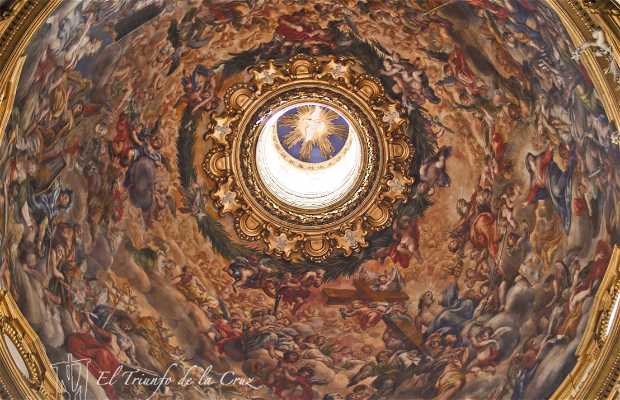Josa Prats Valero
The guardian of Sant' Agnese
Last May I spent a week with my classmates in the city of Rome. In the mornings our group only visited the most emblematic sites of this beautiful city, guided by our teachers. Yes, during the long afternoons walking until our feet could not take it, we got to know Rome in its totality. Travelling from other side to the other however, more than once or twice a day we appeared suddenly in Piazza Navona, who became for us the symbol of that trip that we will never forget. In the picture is the entrance to the Church of Saint Agnes in Agone and part of the Fountain of Four Rivers, which presides
Over this square.
Read more




















